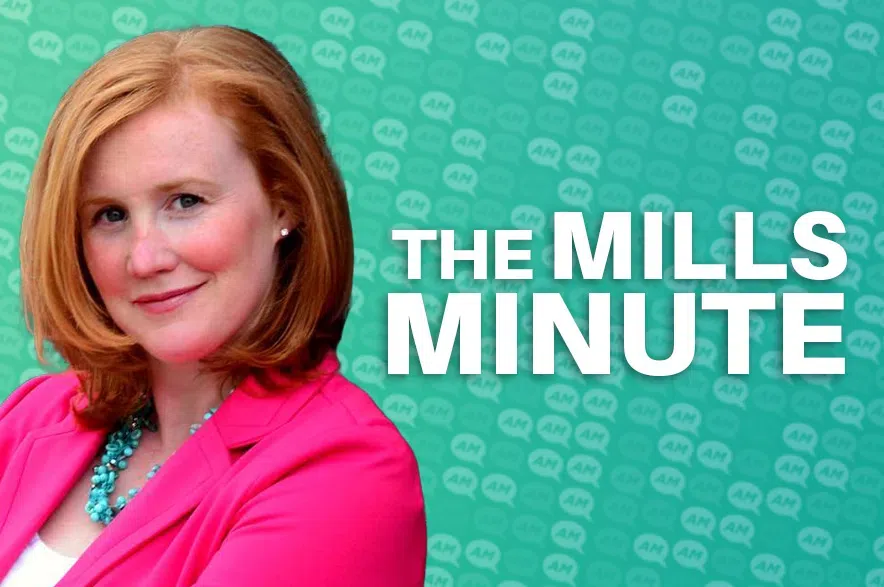Vacancies and an ever-growing demand for calls have put immense pressure on ambulance services across the province.
Glen Perchie, director of Emergency Medical Services (EMS) for the Saskatchewan Health Authority’s (SHA) south zone, said it wasn’t uncommon for EMS services to be down at least one ambulance in a day.
“There is a shortage of paramedics entering EMS as a career in Saskatchewan and in fact, Canada,” Perchie said.
“When you couple the vacancies and shortage of paramedics with quickly increasing call volumes year-over-year, we’re really challenged to keep up with demand.”
Perchie said call volumes have gone up 40 per cent since 2017. He said Regina EMS received more than 38,000 calls in 2024. He said Saskatoon received between 8-10,000 more than that.
Read More:
- Vanscoy woman turns to firefighters after ambulance for daughter doesn’t arrive
- Service Canada promises passport processing in 30 days or it’s free
- Changing the game: Celebrating women in sports with the Riders
He added that SHA received many high-acuity (or very severe) calls for service.
In Regina, SHA has a mutual agreement-aid agreement with the Regina Fire Department who also have paramedics. If an ambulance is not immediately available, SHA will enlist Regina Fire to respond.
Perchie explained that every call across the province is triaged.
In a high-acuity event, Perchie said an ambulance or fire will be on the scene within 10 minutes 90 per cent of the time, but patients may experience some delays if it’s a lower acuity service call.
Perchie also said the broader challenges of capacity within the healthcare industry affect EMS since they need to stay with a patient until they’re able to hand them over to someone else.
In order to address the vacancies in the field, Perchie said the SHA is working with the Ministry of Health and the Ministry of Education to provide bursaries for people to go to school to become paramedics on the condition that they sign a two-year work return service agreement with an ambulance service.
“We’re in year two of that and we expect that that is going to make a difference,” he said.
“Part of our challenge is we need to get paramedics who are graduating from programs to come into EMS. The majority actually don’t go into EMS, so these return of service agreements will make a difference for us.”
He also said SHA is working on bettering the quality of work-life for its paramedics and increasing support for mental health – saying mental health issues are a “big challenge” and often a reason for paramedics leaving the field.
“We have a lot of occupational stress injury and there’s more and more research going on that for paramedics and we’re learning what we can do to help support paramedics that extend their careers.”











